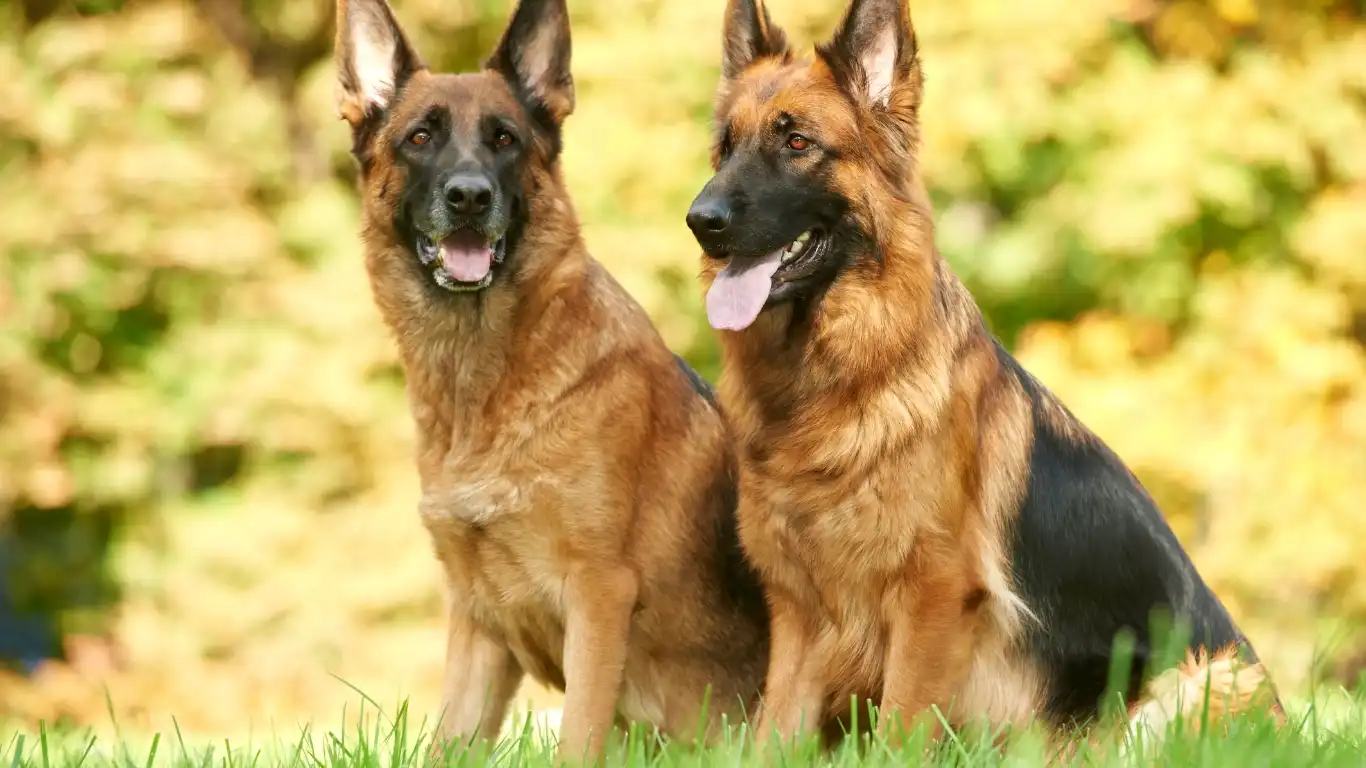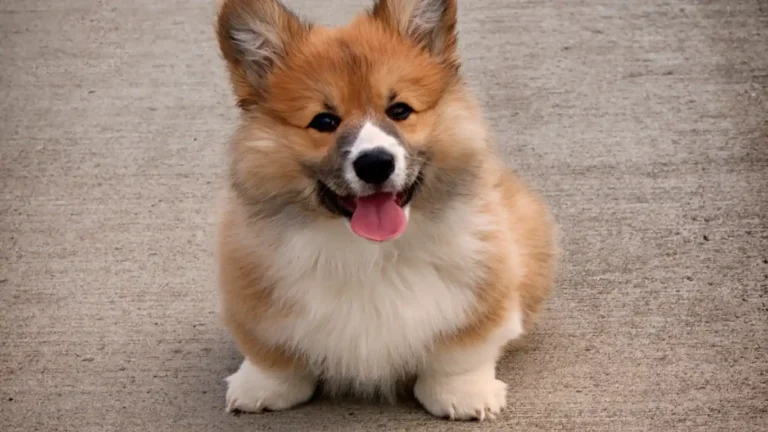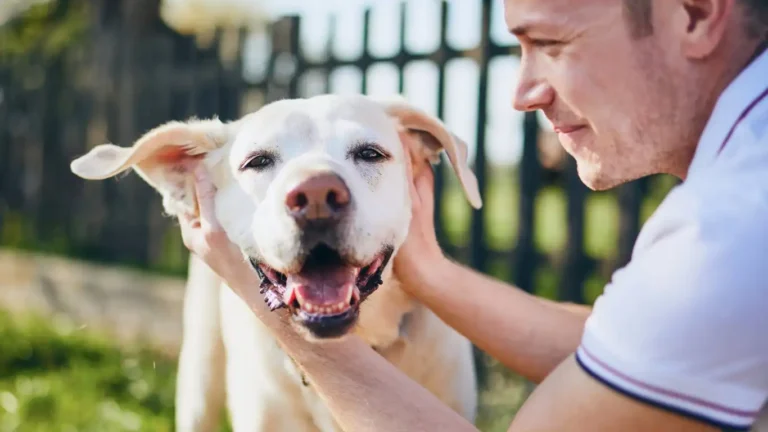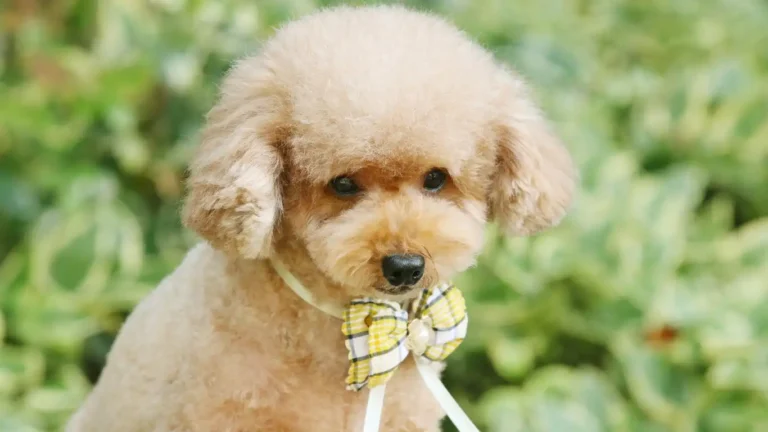How to Keep a Dog’s Tail from Matting: Essential Grooming Tips
Ever noticed your dog’s tail looking a little… wild? Like, it’s doing its own thing and throwing knots like it’s trying to win a tangle competition? You’re not alone. One of the most overlooked grooming problems I see as a vet tech — especially in long-haired breeds — is tail matting. So if you’re wondering how to keep a dog’s tail from matting, you’re in the right place. I’ve worked with countless pups who come in wagging their tails, completely unaware there’s a tangled mess hiding back there. Let’s just say, their humans aren’t always wagging when they see what’s going on!
Why Do Dogs Get Matted Tails in the First Place?
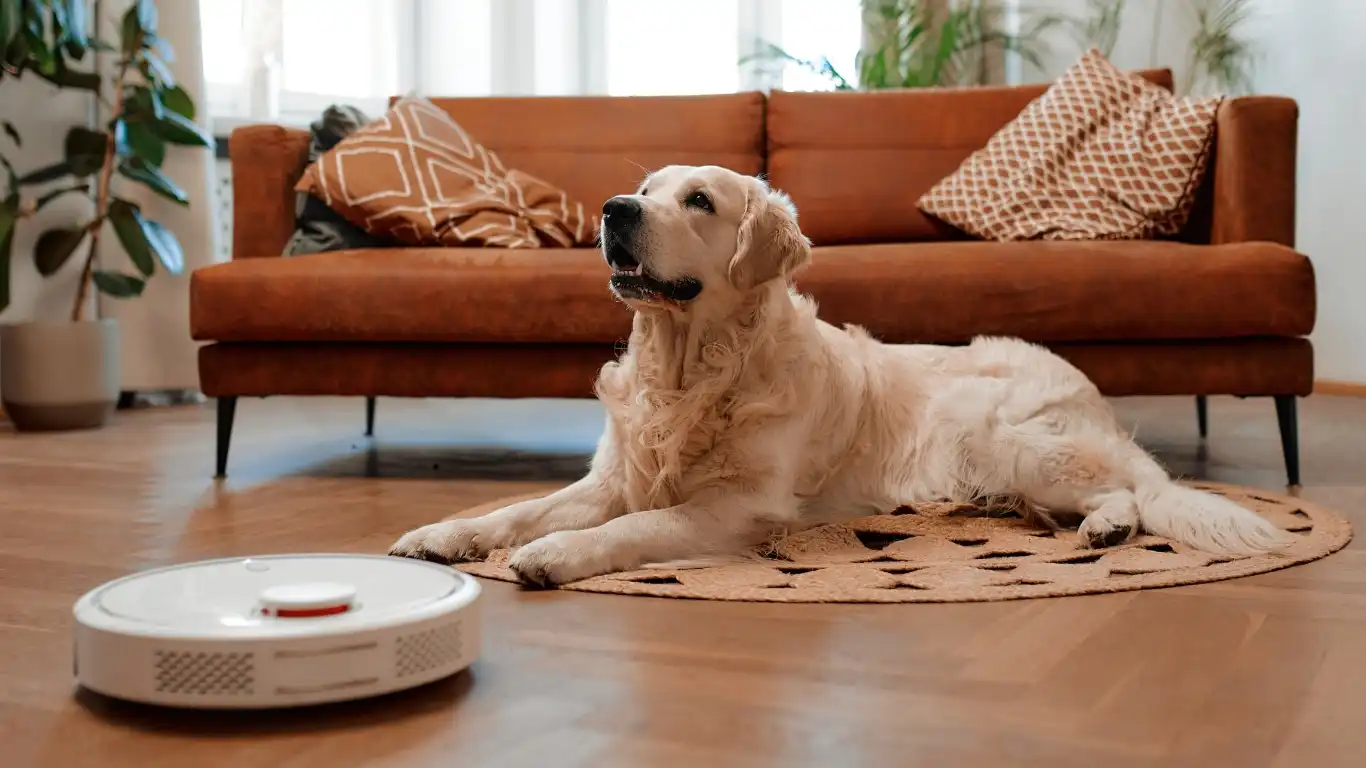
It’s Not Just About Long Hair
People often think only long-haired dogs like Shih Tzus, Collies, or Golden Retrievers get matted tails. Not true. I’ve seen matting in Labs and even short-haired mixed breeds with thick undercoats. Tail matting usually happens when:
- Loose or shedding hair gets caught and compacted with movement
- Moisture from outdoor play, swimming, or even licking creates the perfect mat-making environment
- Neglected brushing — especially on the underside of the tail — lets things spiral
One of the worst cases I treated was a rescue dog whose tail mats were so severe they hid raw skin underneath. The owner was shocked — they thought the tail just looked “a little puffy.” Don’t wait until it gets to that point!
High-Risk Breeds You Should Watch Closely
Through my experience in clinical and nutritional consults, I’ve noticed certain breeds that almost always show up with tail issues if not brushed consistently:
- Afghan Hounds: That flowing tail is beautiful but a total magnet for mats.
- Bernese Mountain Dogs: Thick, wooly tails can hide matting for weeks.
- Australian Shepherds: Their feathery tails are notorious for collecting debris.
- Cocker Spaniels: Just… never skip brushing, trust me.
How to Keep a Dog’s Tail From Matting: Start with a Routine
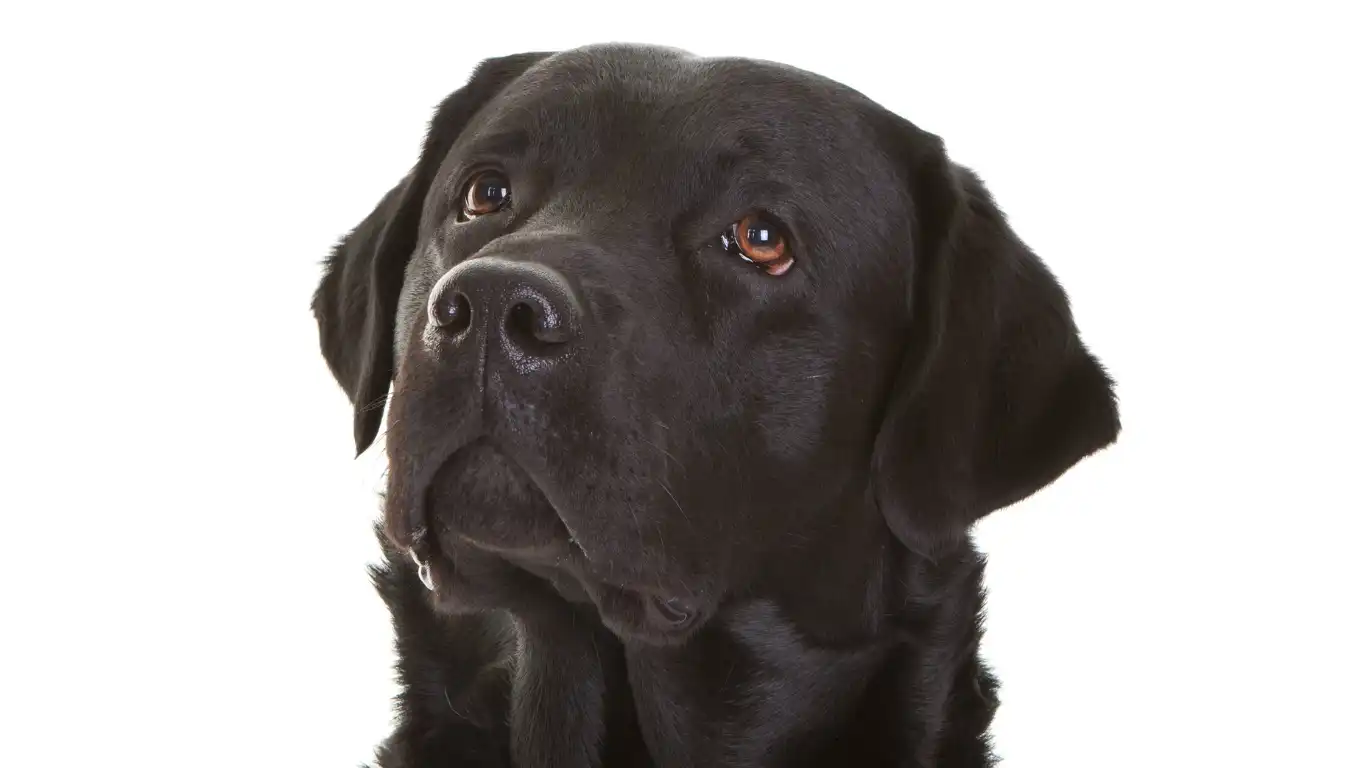
Make Brushing a Chill, Positive Experience
Look, I get it — some dogs act like you’re coming at them with medieval torture devices when you bring out the brush. But building a regular grooming routine makes all the difference. I always suggest:
- Start slow: Just 2-3 minutes at a time in the beginning.
- Use treats and praise: Positive reinforcement does wonders (peanut butter on a lick mat is gold).
- Use the right tools: For tails, I prefer a slicker brush followed by a stainless-steel comb for underlayers.
Pro tip from the vet tech trenches: Always brush the tail out when it’s dry. Wet fur mats faster and brushing it can actually tighten the tangles. If you need to clean the tail, let it dry fully before brushing through.
Don’t Skip the Detangler Spray
I swear by this stuff. A good leave-in conditioner or detangler spray reduces friction and makes combing way easier — especially helpful for dogs with sensitive skin or if you’re trying to prevent mats rather than fix them. Look for products with natural ingredients like oatmeal, aloe, or coconut oil (bonus: they smell amazing).
Nutrition and Hydration Matter More Than You Think

Why Diet Plays a Role in Coat Health
This is where my nutrition background really comes into play. A healthy, nourished coat is far less likely to mat. Dogs with poor-quality kibble diets or food sensitivities often show coat issues, including tail tangles, first. Look for diets that include:
- Omega-3 fatty acids: These support healthy skin and silky fur.
- Biotin and Zinc: Critical for coat strength and shine.
- High-quality protein: Fur is made of keratin, a protein. Don’t skimp on this!
If your pup’s tail feels brittle, dry, or seems to mat faster than usual, I usually recommend reviewing their diet first before jumping to grooming products. You’d be surprised how many “problem tails” have improved just with a food switch.
Hydration Supports Skin Elasticity
It might sound basic, but making sure your dog gets enough water daily affects everything — skin, fur, and even energy. Dogs on dry kibble especially need plenty of clean water. Adding some wet food or raw toppers can help, too. A hydrated dog means a healthier coat, which in turn means fewer tail tangles.
Professional Grooming Tips for Preventing Tail Mats
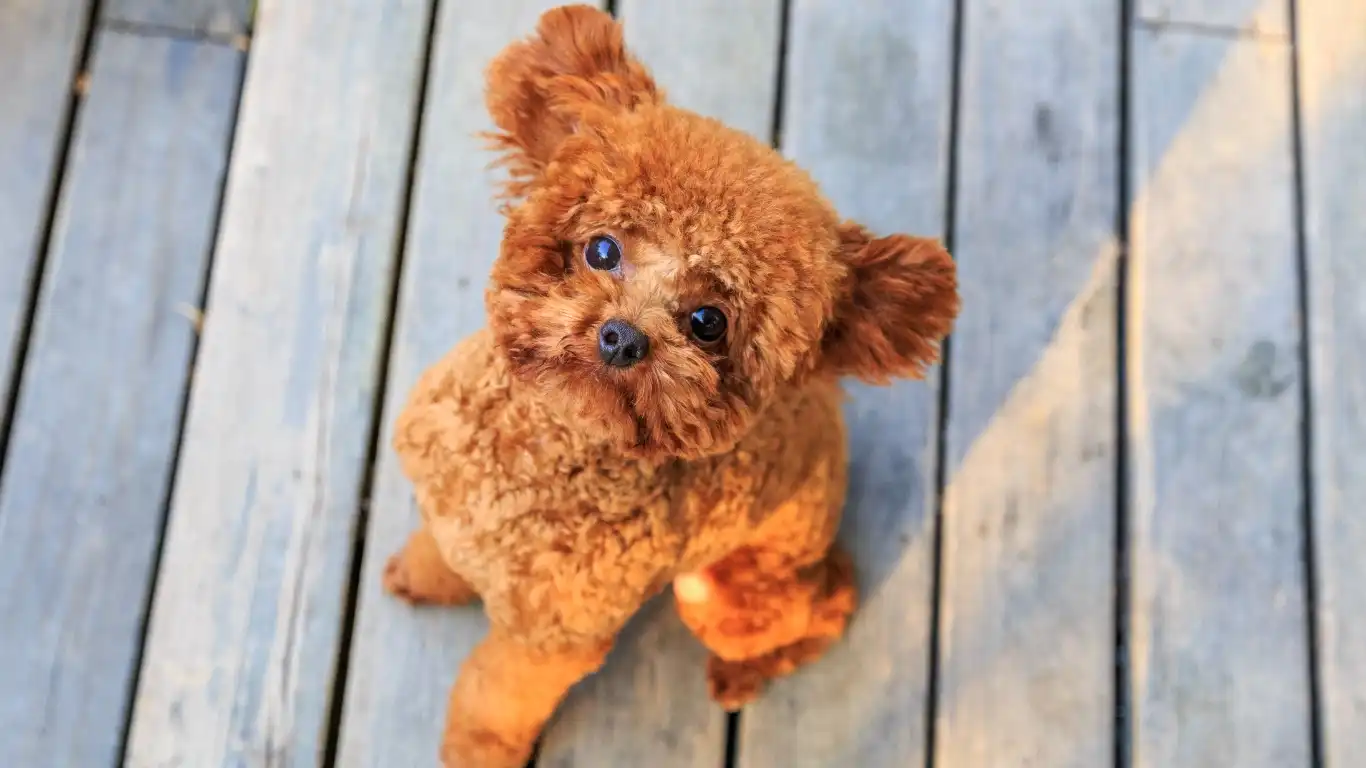
When It’s Time to Call in the Pros
Let’s be real — not every dog parent has the time (or patience) to keep up with tail grooming. And some dogs? They act like brushing is a betrayal of trust. That’s where professional groomers come in. I often recommend scheduling regular grooming sessions every 4 to 6 weeks, especially for high-maintenance breeds.
Now, I’ve worked with a lot of groomers over the years, and I always tell pet owners this: be clear about the tail. You’d be surprised how often tails get skipped or just “fluffed” without checking underneath. Request a full tail inspection, including the base and underside where mats love to hide. Your groomer should:
- Fully comb out the tail using a slicker and detangling spray
- Trim excess feathering (only if needed to prevent matting)
- Check for burrs, debris, or buildup near the tail base
- Gently remove small mats before they tighten
One of my golden retriever clients had a groomer who always tied the tail hair with a cute bow — sweet, but it was hiding a knot the size of a golf ball. Don’t be afraid to speak up and ask for a “tail check” during every appointment.
Grooming Tools I Swear By
As a vet tech who also does a bit of grooming guidance on the side, I’ve tested my fair share of brushes and combs. Here are a few staples I recommend to every dog parent trying to prevent tail mats:
- Slicker Brush: Great for loosening loose hair and surface tangles. Go gently — especially near the base of the tail.
- Stainless Steel Comb: Use this to check for hidden mats. If it snags, you’ve found a problem area.
- Mat Splitter: For tight mats, a mat splitter or dematting rake can help safely break them apart without pulling the skin.
- Detangling Spray: I’ve said it before, but I’ll say it again — this is your secret weapon.
It’s kind of like finding your perfect skincare routine. Once you get the right products and timing down, you’re golden (retriever pun intended).
Outdoor Adventures Can Cause Sneaky Tail Mats
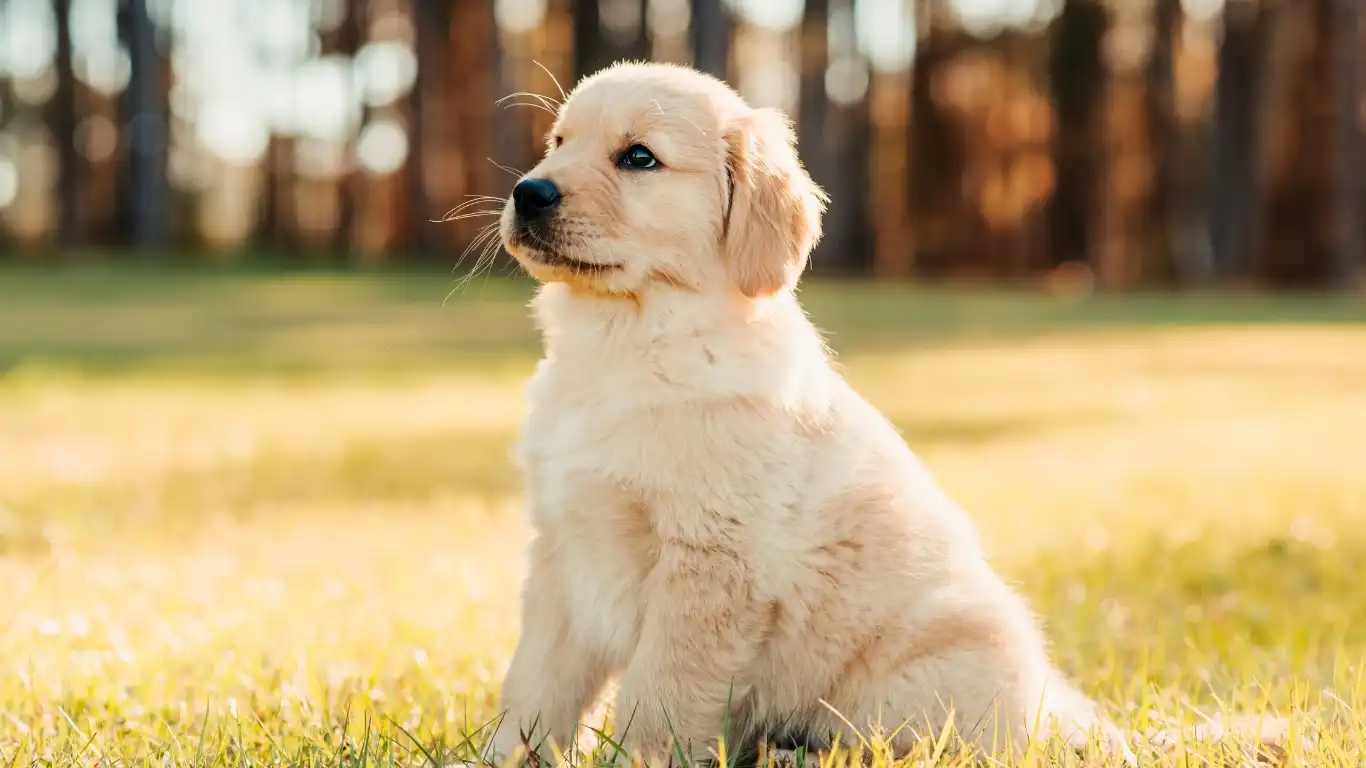
Nature and Tails: A Love-Hate Relationship
Nothing beats seeing your dog zooming around the backyard or hitting the trail tail-wagging like it’s on fire. But all that outdoor fun can lead to hidden problems. Grass seeds, burrs, mud, twigs — they all love to hitch a ride in your dog’s tail fur. I’ve seen some tiny burrs cause huge knots if left unchecked overnight.
Here’s my personal post-hike tail checklist — feel free to steal it:
- Run your fingers through the tail fur to feel for snags or debris
- Check the base of the tail where dirt and sweat gather
- Use a comb to gently remove anything you find
- Rinse and dry if things get really muddy (then brush once dry!)
Quick story: I had a border collie patient named Riley who came in limping after a weekend camping trip. The owner thought it was his leg — turned out a mat around his tail base was pulling painfully on his skin with every movement. Don’t underestimate those post-play inspections!
Tail-Protecting Hacks for Adventurous Dogs
For pups who live life on the wild side, I often suggest tail-protection tricks:
- Light trims: Not shaving — just cleaning up the wispy bits that trap gunk.
- Tail wraps: Soft cloth wraps (made for dogs) can protect fur on hikes — just make sure they’re breathable and not too tight.
- Conditioner sprays before outings: A little prep can prevent everything from sticking in the first place.
Don’t forget, the tail is also a scent marker and communication tool — you don’t want it matted and uncomfortable, especially when they’re out being social!
Senior Dogs and Tail Matting: Extra TLC Needed
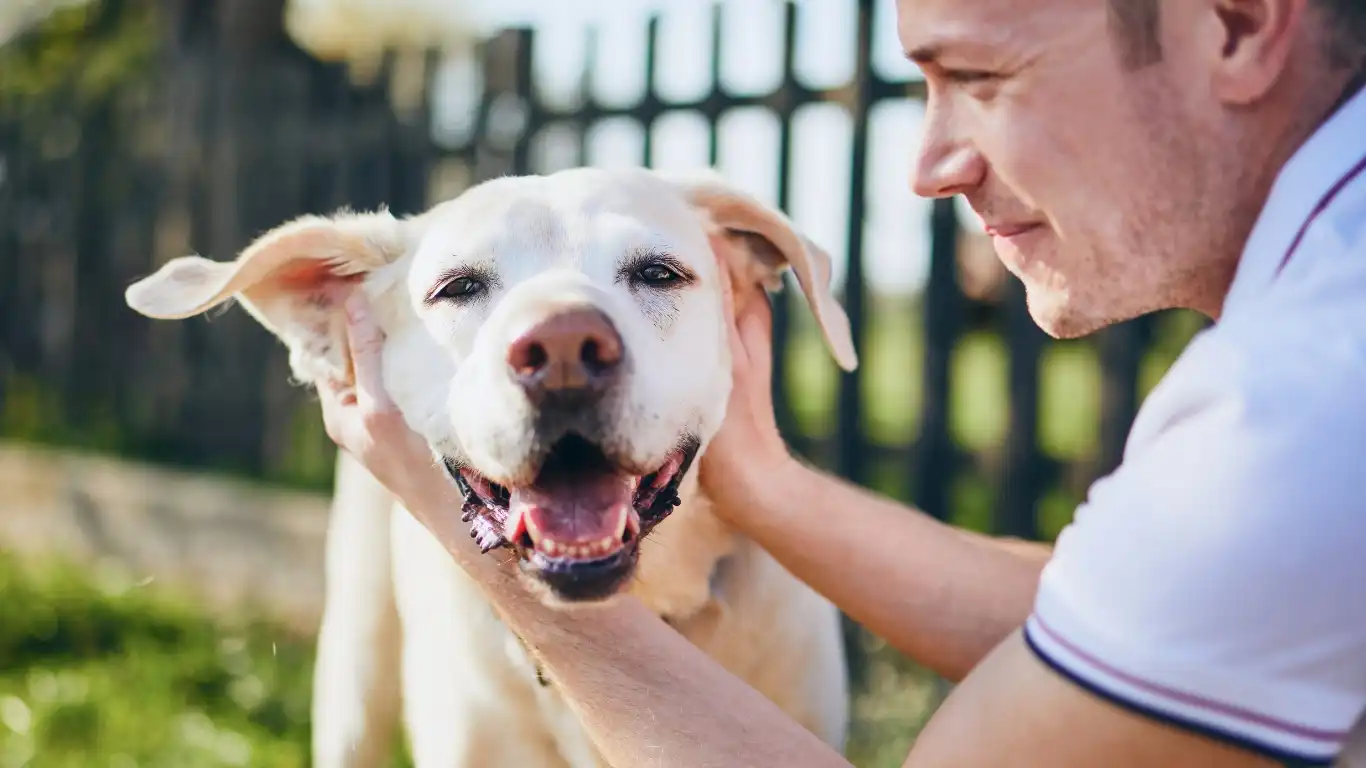
Aging Coats Need a Little More Help
One thing I’ve noticed in my nutrition and wellness consults is that older dogs tend to develop mats more easily — not just because of decreased grooming but because their fur texture can change with age. It becomes drier, coarser, and more prone to clumping.
If you’ve got a senior pup, here’s how to keep that tail healthy and tangle-free:
- Increase grooming frequency: Even if your dog used to get by with weekly brushing, older dogs may need it 2–3 times a week.
- Add coat supplements: Omega-3s, biotin, and collagen can help improve coat elasticity and reduce brittleness.
- Keep grooming sessions short: Older dogs tire easily, so break it into shorter sessions with lots of praise and breaks.
One of my sweetest patients, an 11-year-old sheltie named Luna, had developed subtle tail mats I caught during a nutritional exam. Her owner had no idea it was bothering her until we cleaned it up — after that, Luna had way more pep in her step during walks.
Watch for Mobility Issues That Affect Grooming
Senior dogs may not be able to position themselves to groom their tail areas like they used to. Arthritis, hip dysplasia, or spinal issues can make turning or licking difficult — which means they need us to step in. I always advise pet parents to pay close attention to tail hygiene during this life stage.
And don’t be afraid to ask your vet or groomer for help with tail care during check-ups. As someone who’s worked in both medical and grooming contexts, I know firsthand how important collaboration is — especially when your dog can’t advocate for themselves.
How to Manage Tail Mats at Home: DIY Solutions and Expert Tips
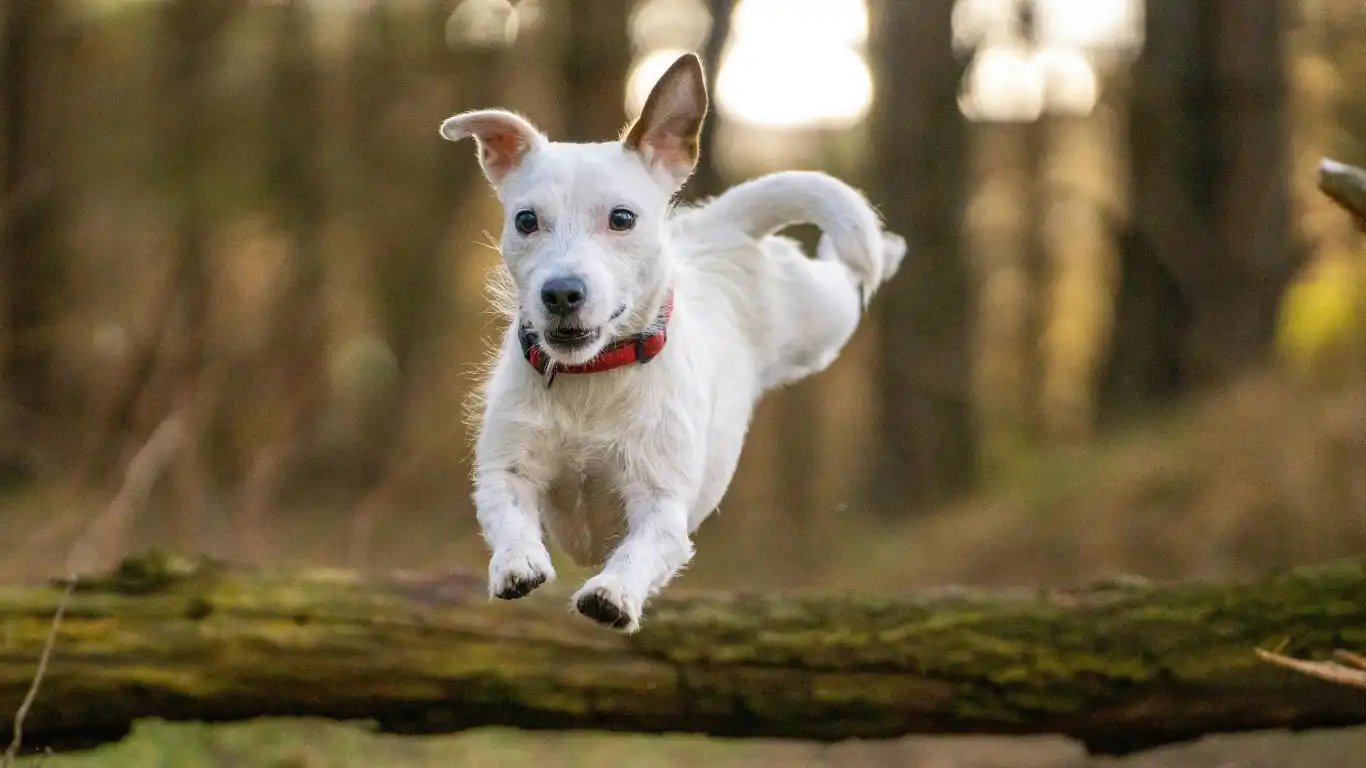
Simple DIY Tail Mat Removal Techniques
Okay, so you’ve noticed a few mats creeping into your dog’s tail, and the idea of running to the groomer every time seems impractical. No worries — I’ve got you covered with some basic, at-home techniques for tackling those pesky mats. With some patience and the right tools, you can easily manage tail care between professional grooming sessions.
First off, never pull on mats — that’s an invitation for pain and stress. Gently work through mats with your fingers or a detangling comb, starting from the ends and working toward the base of the tail. If you encounter a stubborn mat, use a dematting rake or mat splitter to break it apart. I love these tools because they’re designed to be effective without pulling too much at your dog’s sensitive skin.
Step-by-Step: Tackling Tail Mats with the Right Tools
If you’re ready to tackle those mats, here’s a breakdown of the method I personally recommend. With a little practice, you’ll feel like a pro!
- Step 1: Detangle first: Start by running your fingers through the tail fur to break up any loose tangles. If your dog is calm, use a wide-tooth comb to gently loosen any tight spots.
- Step 2: Use the right tools: A slicker brush is great for surface tangles, but a fine-tooth comb or dematting rake is best for deep mats.
- Step 3: Go slow and steady: Working slowly helps prevent unnecessary tugging. If your dog seems uncomfortable, take a break and offer a treat.
- Step 4: Reward your dog: This should be a positive experience for your dog, so make sure to offer praise or treats when they sit through the grooming process.
For any mats that are stubborn and too tightly bound, you can carefully trim the affected area. But keep in mind, it’s easy to go too short, so if you’re unsure, leave it to the professionals. I’ve seen owners inadvertently cut too much off — especially around the base of the tail, which can be a sensitive area.
Preventing Future Tail Matting: Lifestyle and Routine Adjustments
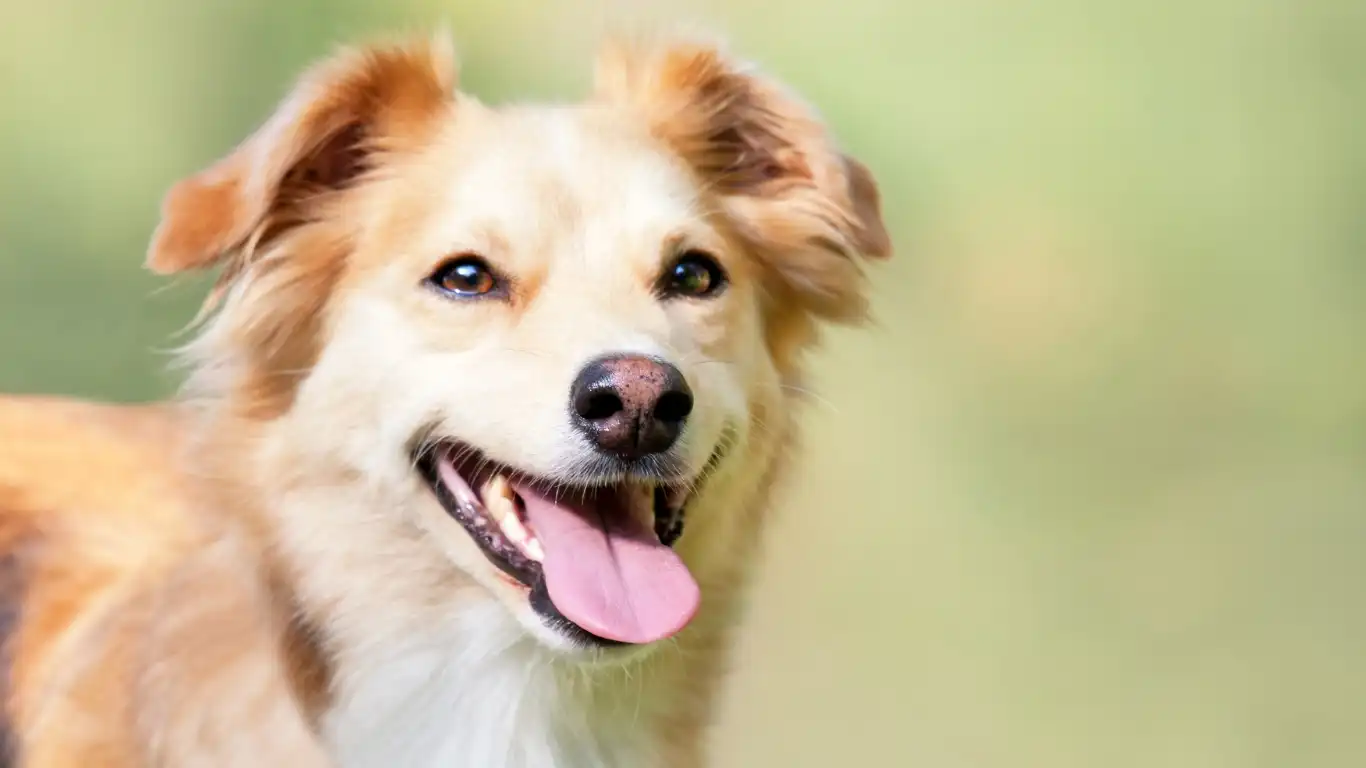
Environmental Factors: How They Impact Tail Health
Sometimes, matting happens because of the environment your dog is in. If your dog is always outside in the brush or running through tall grasses, they’re more likely to pick up sticks, twigs, and dirt in their tail. That’s why paying attention to where they spend their time can make a difference in the health of their tail. For example:
- Grass and brush: These areas are matting hotspots, so a quick brush-through after each adventure can save you hours of frustration later.
- Water play: While swimming is great fun, it often leaves the tail wet for longer, leading to tangles when hair dries. Make sure to towel off your dog properly.
- Winter weather: Snow, salt, and ice can also contribute to mats. After walks in winter conditions, wash your dog’s tail to remove any buildup from the cold elements.
Tail Protection for Active Dogs
Active dogs who love running, swimming, or digging can be at a higher risk of tail matting, especially if they have longer or fluffier coats. If your dog is always in motion, try these additional tail care tips:
- Keep the tail trimmed: A regular, light trim can prevent mats from forming, especially in longer-haired dogs with feathery tails.
- Tail wraps for protection: If your dog is hiking, swimming, or playing rough, a cloth tail wrap (specifically designed for dogs) can prevent debris from collecting in their fur.
- Frequent checks: During outdoor adventures, do a quick inspection of the tail before and after activities. The earlier you spot a potential tangle, the easier it is to fix.
Health-Related Causes of Tail Matting
Underlying Health Issues That Can Contribute to Tail Matting
It’s essential to keep in mind that persistent matting could sometimes be a sign of an underlying health problem. I’ve seen cases where dogs with tail mats were actually dealing with issues like:
- Skin infections: Moisture trapped in matted fur can lead to bacterial or fungal infections. If your dog’s tail is constantly matted and smells, a visit to the vet is necessary.
- Allergies: Allergies can cause itching, leading to excessive licking or scratching, which can further tangle the tail fur.
- Arthritis: Older dogs with arthritis or other mobility issues may struggle to groom themselves, resulting in mats.
If you notice that your dog’s tail matting seems to be getting worse despite regular grooming, or if the skin underneath appears inflamed, it’s time to consult with your vet. They can rule out any medical causes, such as skin disorders or parasites, and provide a tailored plan to keep your dog’s tail healthy.
Consider Professional Help for Severe Mats
While I’m all for DIY solutions, some mats are just too stubborn or tight to handle on your own. If your dog has severe mats, especially near the tail base, it might be best to leave it to the professionals. I’ve had to work with several clients who attempted to cut or pull out mats themselves — and ended up causing their dogs more discomfort than necessary. A good groomer knows how to carefully work through mats without causing harm.
Disclaimer
The information provided in this article is intended for general informational purposes and is not a substitute for professional veterinary advice, diagnosis, or treatment. Always seek the advice of your veterinarian with any questions you may have regarding your dog’s health and grooming. If you suspect your dog is experiencing pain, discomfort, or skin issues, it’s important to consult with a professional as soon as possible.
For more expert pet care advice, visit reputable sources like PetMD or The American Kennel Club for tips on grooming, nutrition, and health management.
